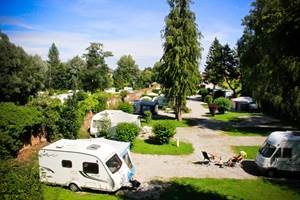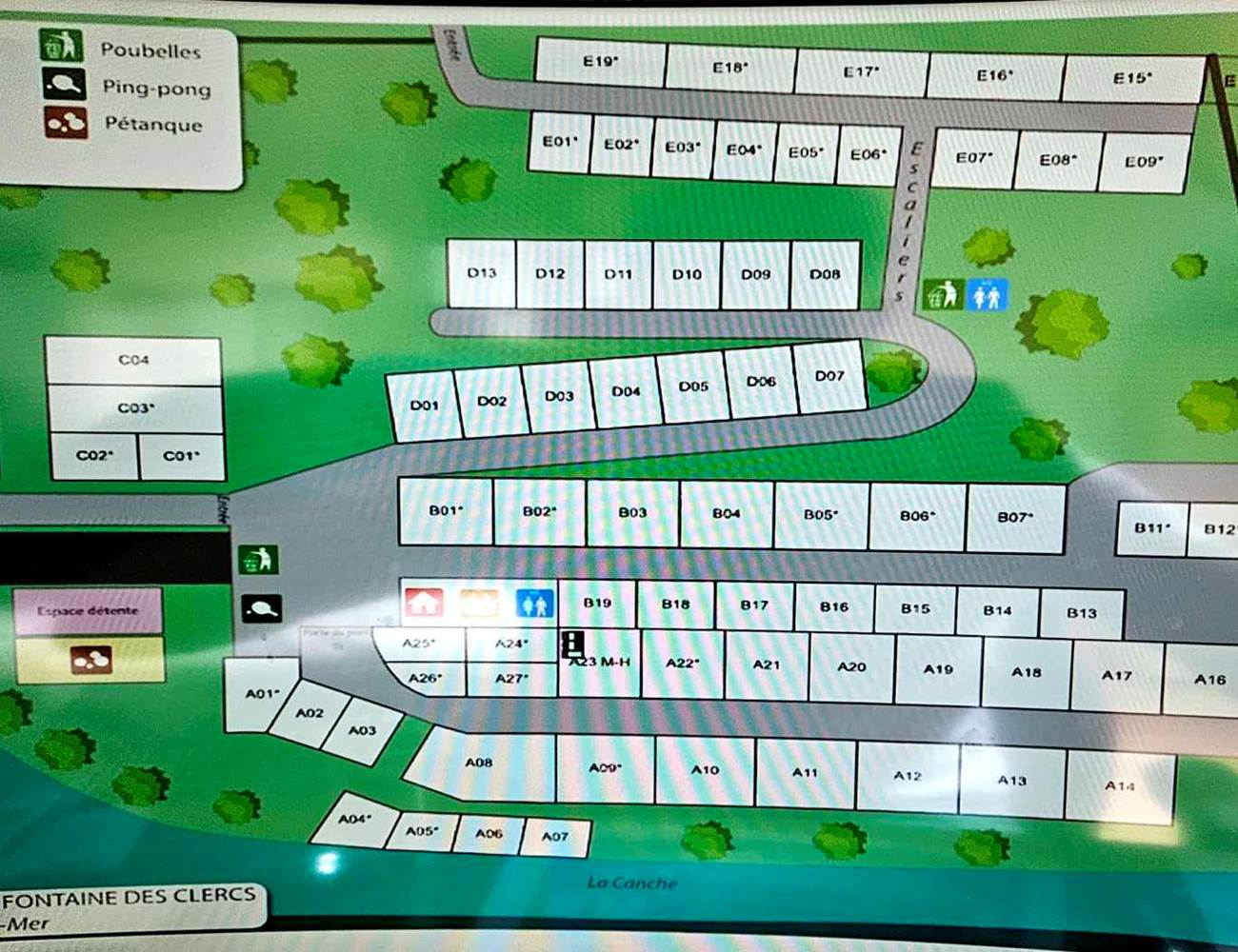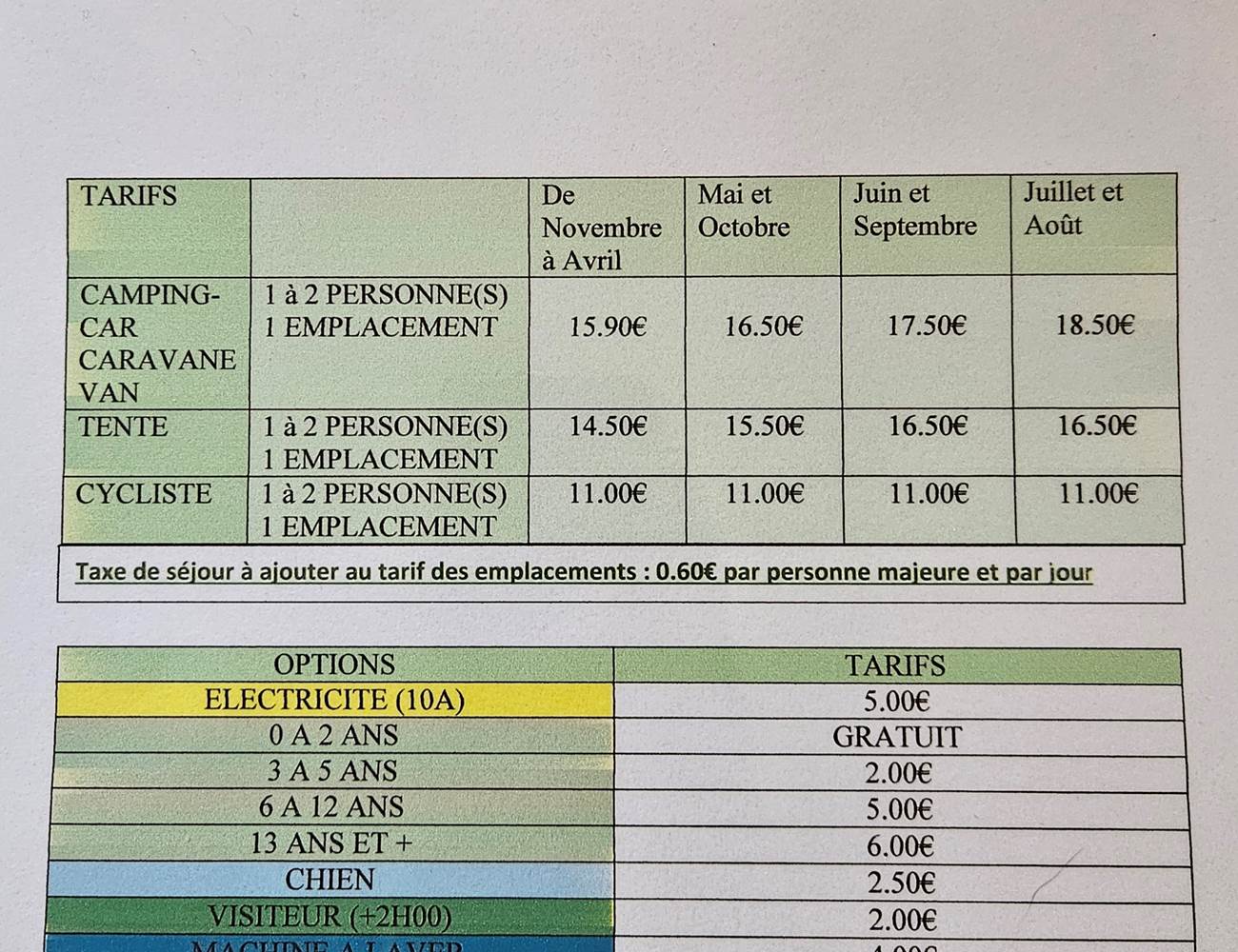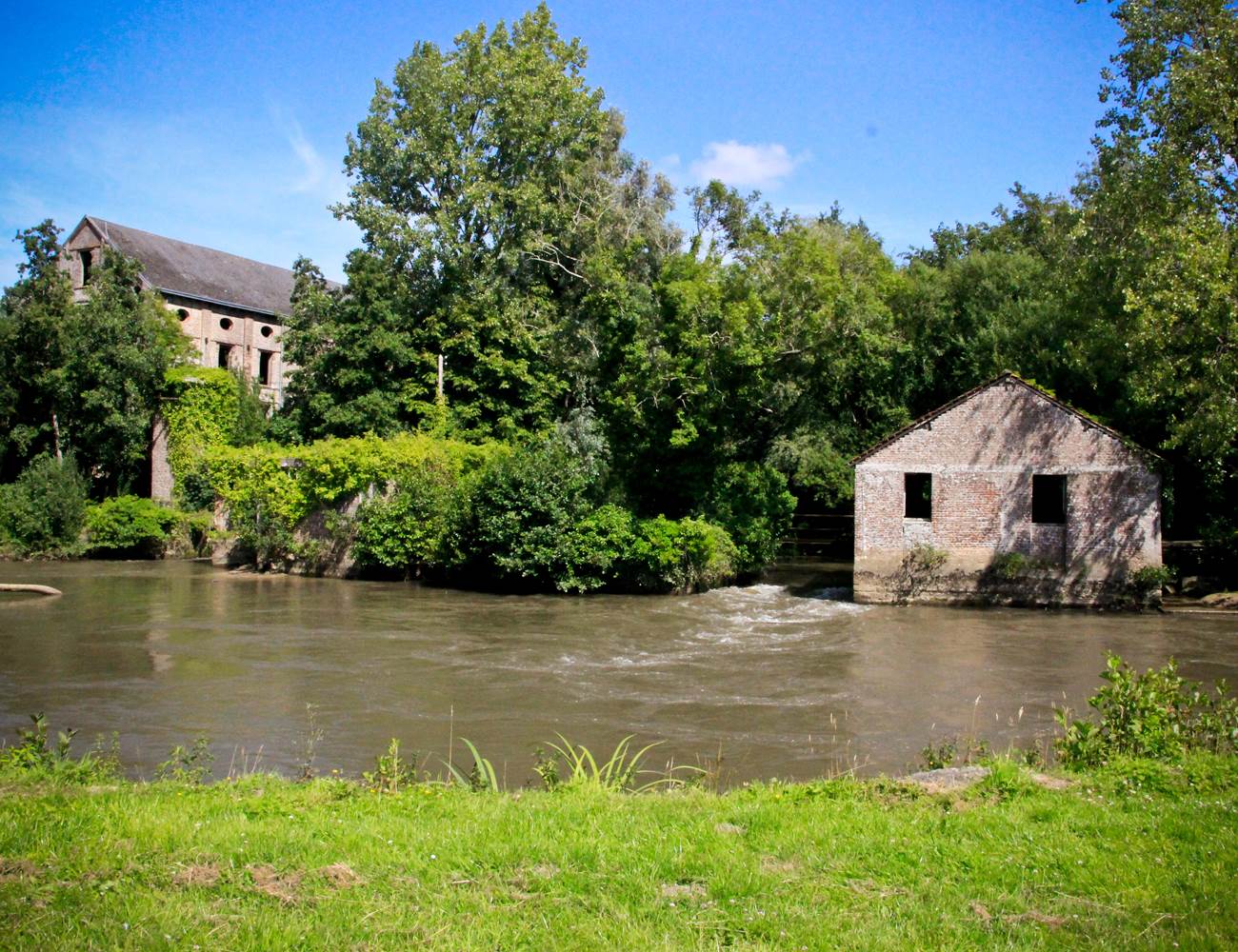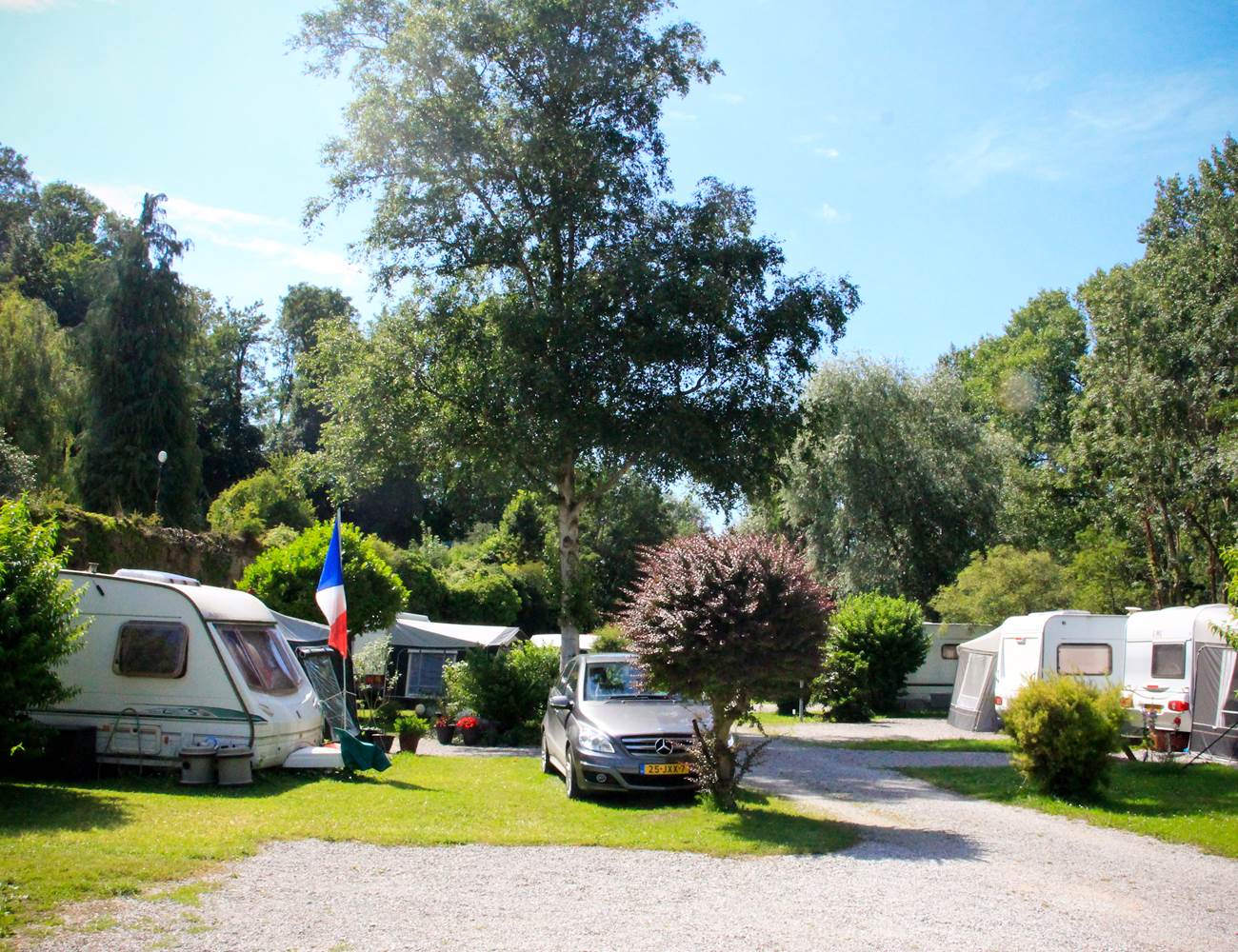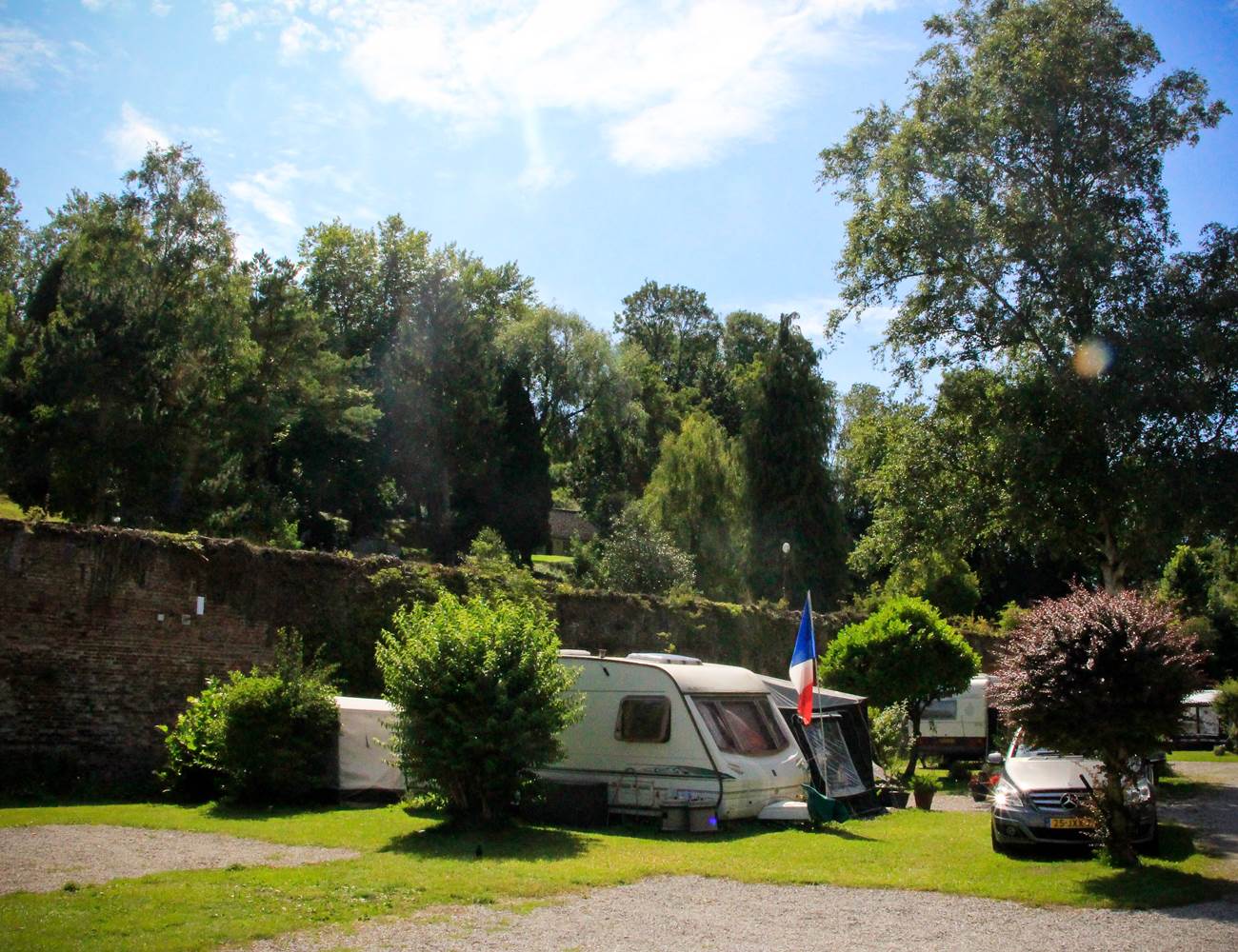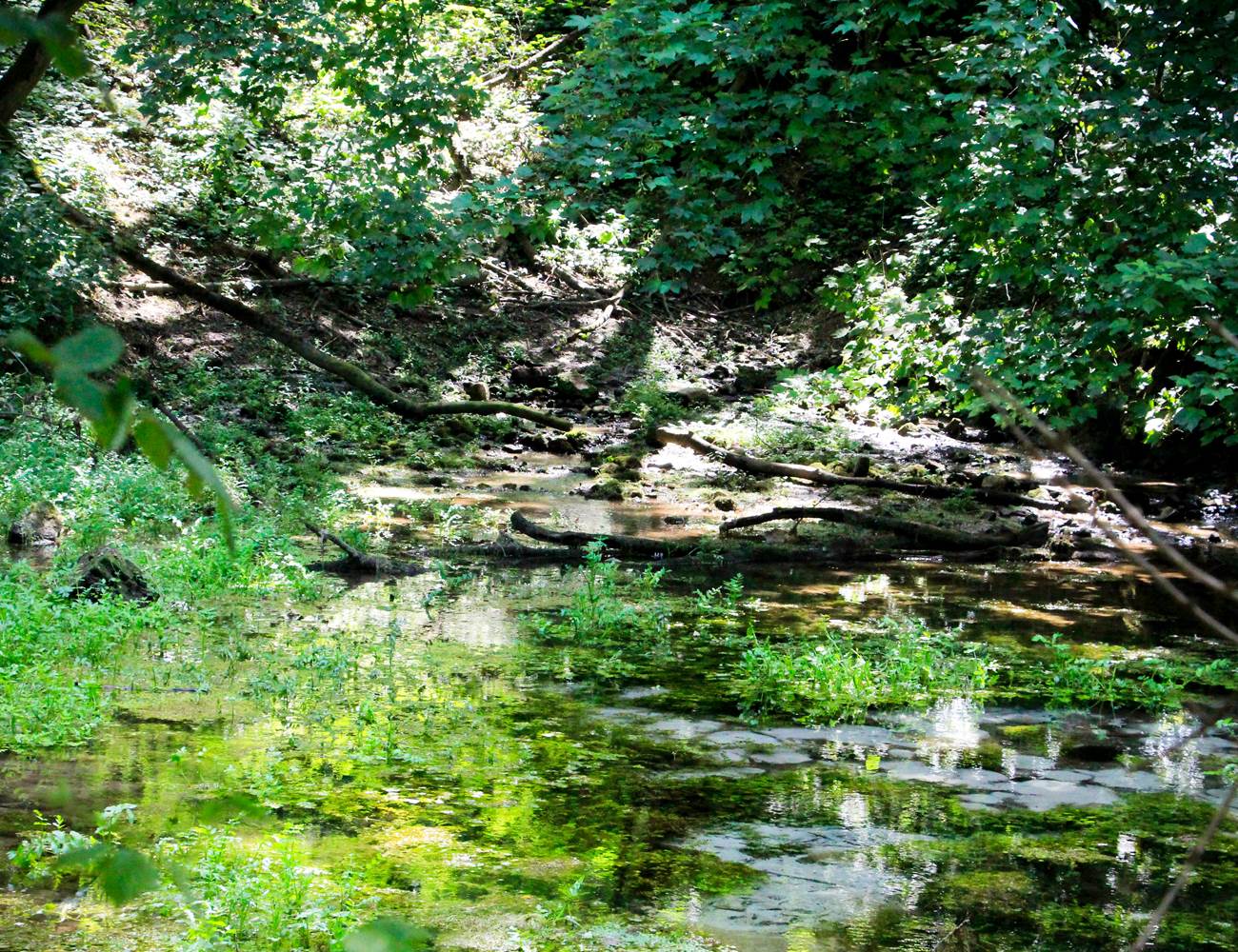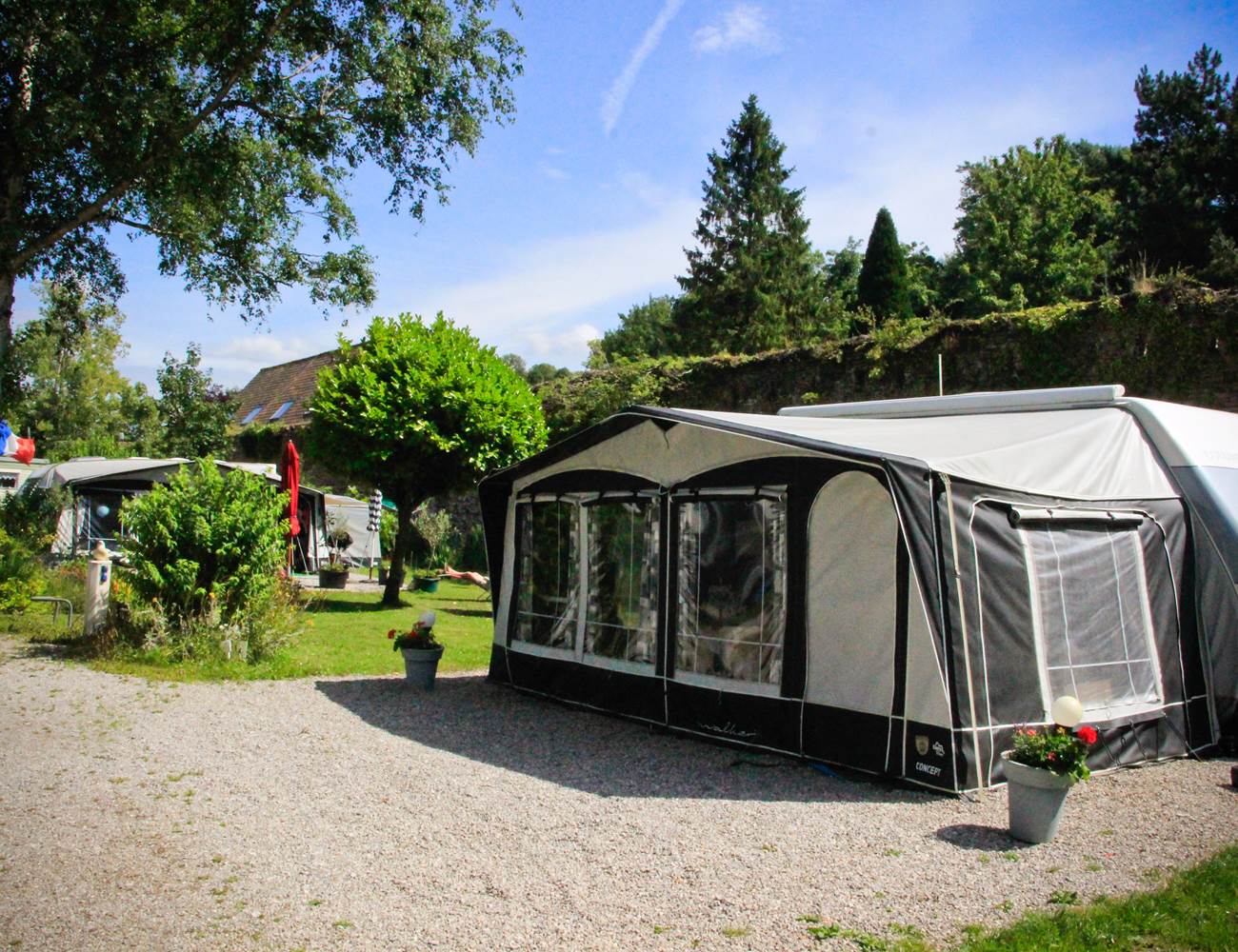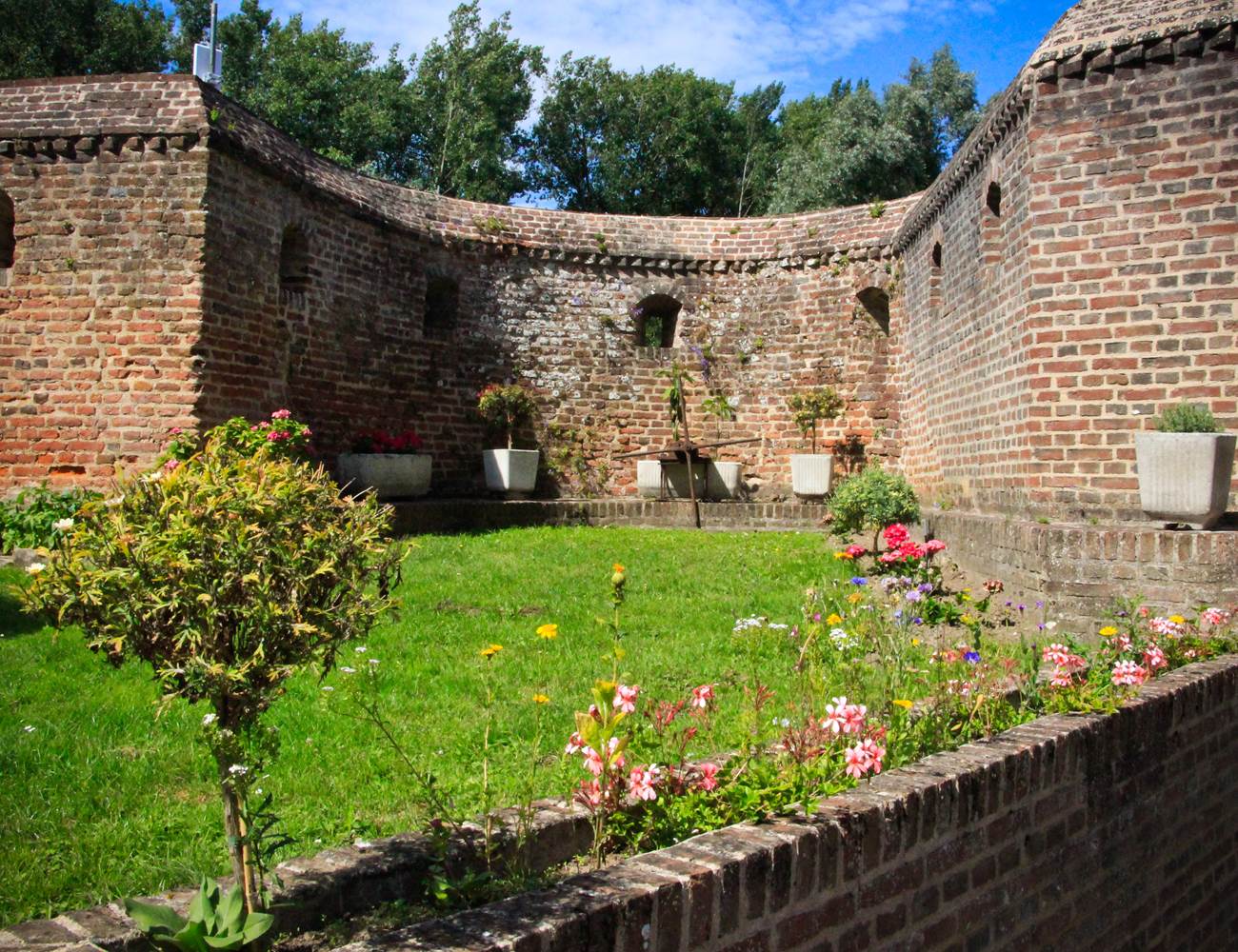History
The history of Montreuil-sur-mer is rich and fascinating. Over a thousand years old, the city of ramparts is teeming with testimonies from times past. Back on an impressive timeline ...
Walk through the ruins of Philippe Auguste's royal castle or admire the genius of Errard de Bar-le-Duc, architect of the Citadel… Also immerse yourself in the heart of the 19th century in Hugo , rue du Clape-en-Bas for example. And rediscover the Belle Époque or even the Decorative Arts immortalized on the facade of the theater… Welcome to the heart of the history of Montreuil-sur-mer.
The rich history of Montreuil-sur-mer in the Middle Ages
898
The town of Montreuil is mentioned for the first time in the Annales de Saint-Bertin and de Saint-Vaast. The city, already fortified, owes its name to a "small monastery" called "" monasterolium "".
926
The monks of Landévennec (Finistère) created the Saint-Walloy abbey in Montreuil in honor of Saint Walloy, a local deformation of the name of Saint Guénolé. It is at this time that the military career of the city begins, which will see one after another during six centuries of medieval wars, many constructions.
987
Montreuil already belongs to Hugues Capet. He became king of the Franks on this date and consequently, he made Montreuil a royal city and the only seaport in the Kingdom.
1188
Philippe Auguste grants the city a municipal charter. At the beginning of the 13th century, he had a powerful royal castle built, of which significant elements remain today.
1299
On June 19, the Montreuil-sur-Mer agreement was signed between Philippe IV of France and Edward I of England. The numerous relics, so piously venerated in the Middle Ages and which were held by its many places of worship, attract pilgrims and give the city a character of holiness. The population would exceed 10,000 inhabitants.
1467
A natural disaster causes the collapse of at least six religious buildings. At the end of the Middle Ages, the silting up of the Canche led to the decline of the city. Montreuil today retains its ""sur-mer"" particle as a reminder of this time when the city was a royal port.
From the siege of Charles V to the birth of the citadel
1537
The troops of Charles V and Henry VIII besiege Montreuil. Forced to surrender, the city is largely destroyed. This is the most significant defeat for the City and its ramparts.
1567
Charles IX ordered the construction of a citadel on the site of the old 13th century castle. There were no less than 7 construction campaigns over several decades.
1670
Vauban perfected the work of his predecessors by redesigning the citadel.It was there that he built a powder magazine and an arsenal, the original framework of which is still present.
The history of Montreuil-sur-mer in the 18th and 19th centuries
18th century
The prosperity of the city allows it to adorn itself with about forty private mansions, from the most sober to the most extravagant, like their owners.
1803
The right flank of Camp de Boulogne is located in Montreuil and reminds the city of its military importance. Marshal Ney took up his quarters there at this time.
Montreuil-sur-mer, from one war to another
1890-1930
Montreuil is home to a colony of American and Anglo-Saxon painters who, seduced by the picturesque town, immortalize and settle there. Thus, Montreuil becomes the residence of artists such as Harry Van Der Wayden, Fritz Thaulow, and Catherine Alice Hawdon.
1916-1919
The Great Headquarters of the British Empire (GHQ) moved to Montreuil-sur-Mer, under the command of Marshal Douglas Haig.A statue in his effigy, symbolizing the Franco-British cordial agreement, still sits on the Place du Général de Gaulle.
1940-1944
Montreuil is a Kommandantur. During this period, an unfinished German underground complex was dug under the ramparts.
1959
Charles de Gaulle takes advantage of a night at the Sub-prefecture of Montreuil during an official trip.
Montreuil-sur-mer today
2016
Montreuil-sur-mer is elected second favorite village of the French in the program of Stéphane Bern on France 2.
